Posted by: Kalorintschi
Space Origami’s way to the International Space Station
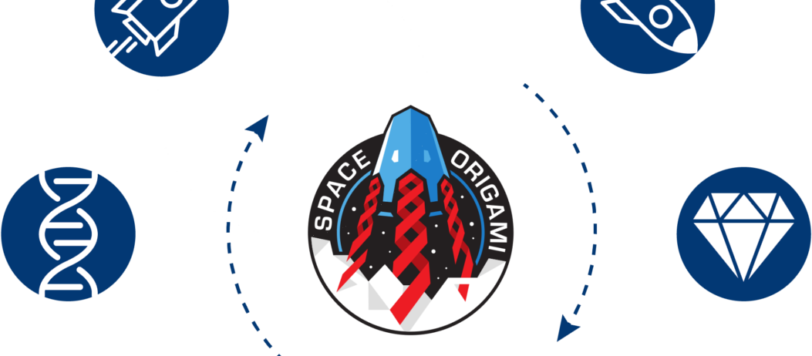
We’re working hard on developing an automated crystallization experiment inside a Science Box. But what exactly happens next? How will our experiment get to the International Space Station?
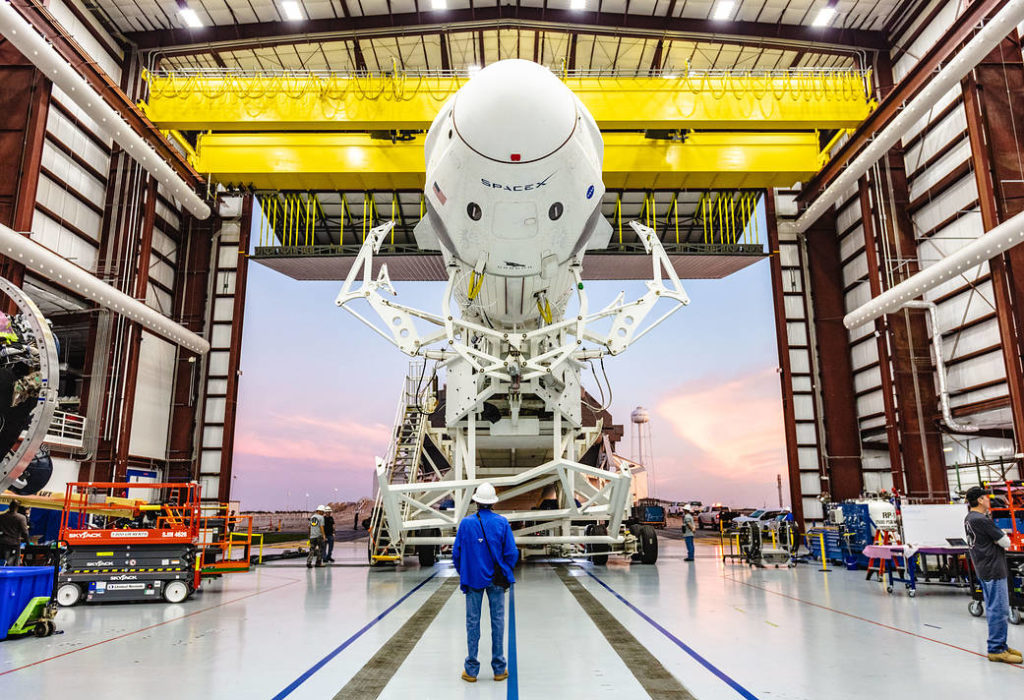
We are planning on sending the Space Origami Science Box, a cubical box with a volume of one litre containing our crystallization experiment, to the ISS with SpaceX19.
SpaceX CRS-19 is a Commercial Resupply Service mission to the International Space Station currently manifested to be launched on 4 December 2019 from Cape Canaveral, Florida.
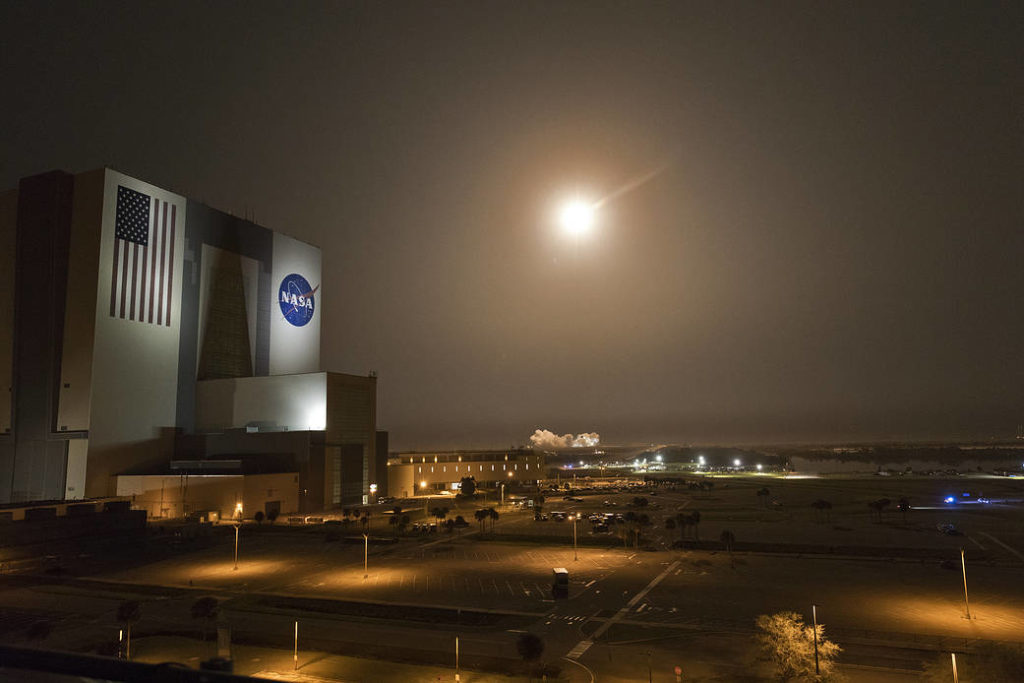
In 2008, NASA awarded the first contracts for covering deliveries of cargo and supply to the ISS with commercially operated spacecrafts. Since then, the two chosen companies, SpaceX and Oribital Services have already successfully conducted several missions to the ISS, supporting the crew with supplies and bringing experiments such as ours, to microgravity.
In December, a SpaceX Falcon 9 rocket will launch a Dragon spacecraft on its 19th operational cargo delivery flight to the ISS, 400 kilometers from Earth.
Dragon is a free-flying spacecraft designed to deliver both cargo and people to space. It is the only spacecraft currently flying that is capable of returning significant amounts of cargo to Earth.
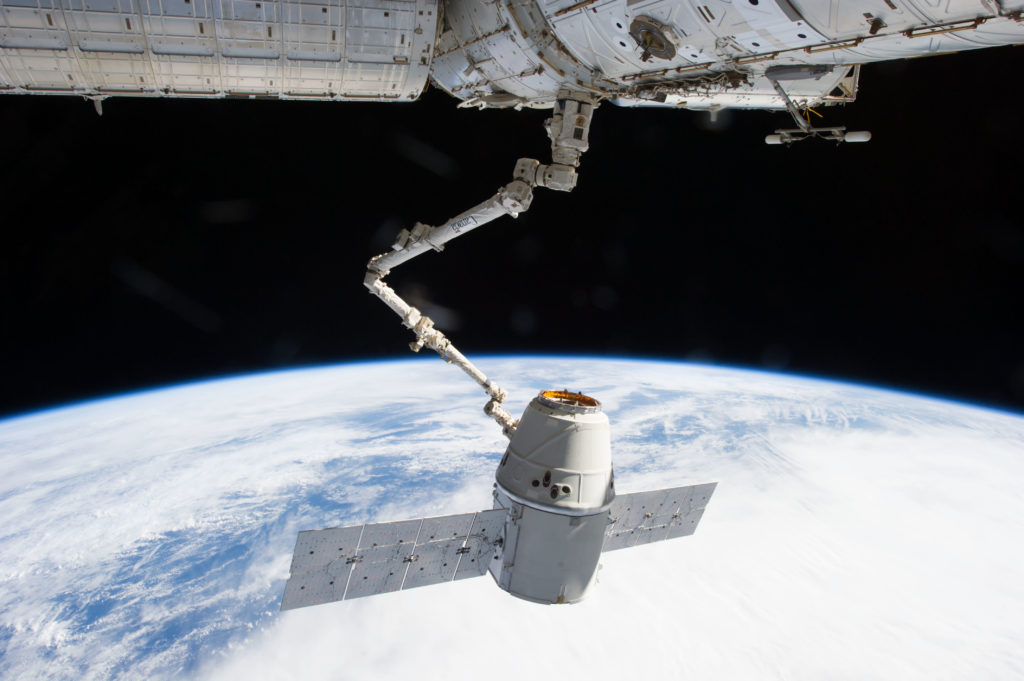
The SpaceX Dragon commercial cargo craft can dock autonomously to the space station.
In the time that Dragon is attached to the station, the crew will unload several hundred pounds of crew supplies, research projects such as the Space Origami Science Box and hardware from the cargo craft and reload it with cargo for return to Earth.
When our experiment is unloaded from the Dragon Spacecraft by an astronaut, it will be installed to the TangoLab facilities. TangoLabs provide a standardized platform and open architecture for experimental modules like our ScienceBox.

Space Tango: „Docked on the International Space Station, our payloads yield results for a diverse range of industries, for life science and physical science research to manufacturing and beyond. Each project, in some way, shares a common goal to improve life on Earth“
After Dragon’s mission at the station is completed, Dragon is detached Dragon from the space station and released for a splashdown about six hours later in the Pacific Ocean, off the coast of southern California. Our ScienceBox will then be delivered back to Munich, where we will investigate the space grown crystals!
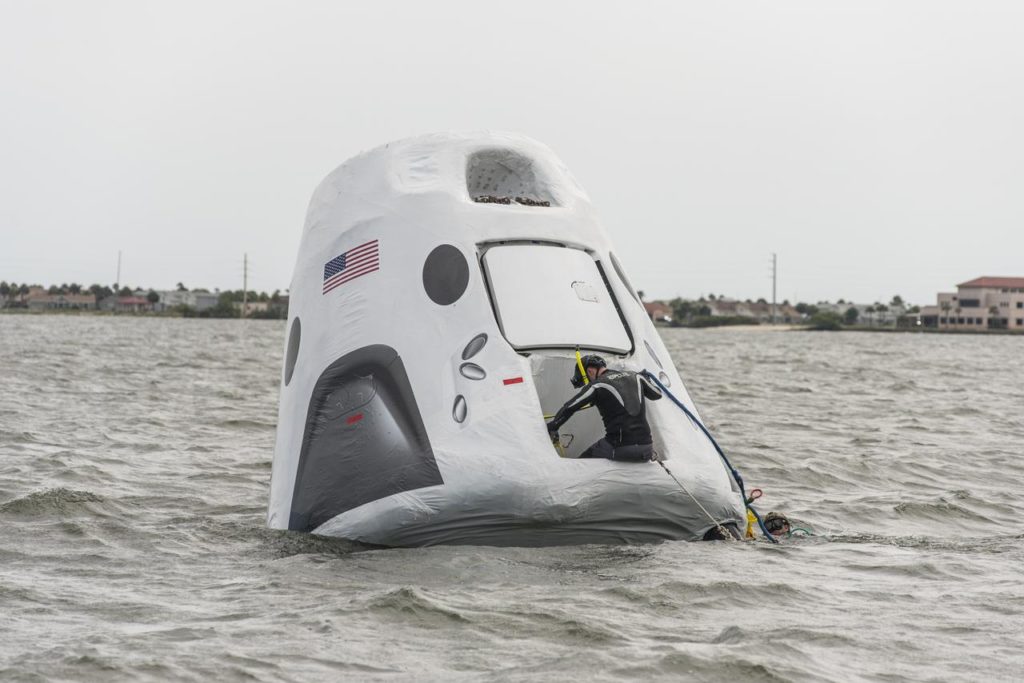

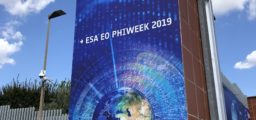
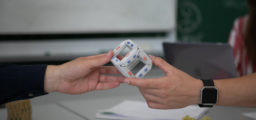
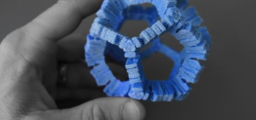

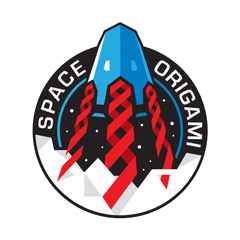
Comments are closed.